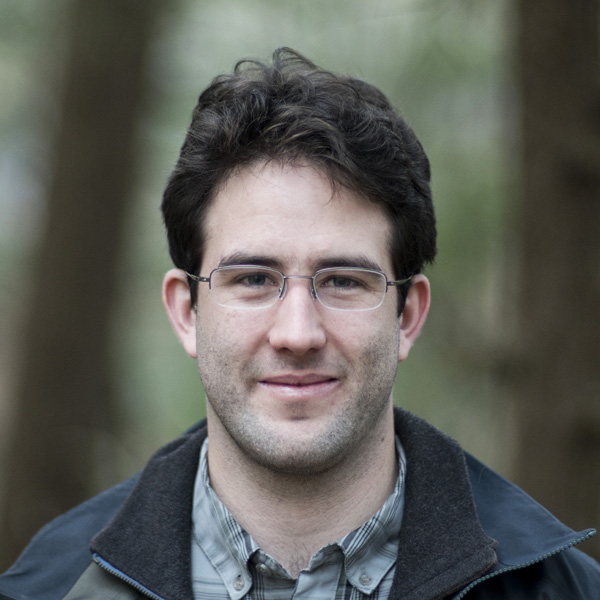A Bayesian age from dispersed plagioclase and zircon dates in the Los Chocoyos ash, Central America
Alec Baudry, Brad S. Singer, Brian Jicha, Christine E. Jilly-Rehak, Jorge A. Vazquez, and C. Brenhin Keller
Earth and Planetary Science Letters, 2024: https://doi.org/10.1016/j.epsl.2024.118826
Abstract:
The eruption that produced the modern Atitlán caldera in Guatemala has a Volcanic Explosivity Index (VEI) > 8, making it the largest of the Quaternary in the Central American Volcanic Arc (CAVA). It generated ∼1220 km3 (730 km3 dense rock equivalent) of dispersed rhyolitic ash and unwelded pyroclastic flow deposits known as the Los Chocoyos ash. Despite its scale, the age of the Los Chocoyos ash has been difficult to constrain. Its inferred position in marine sediment off the coast of Ecuador suggests an oxygen isotope-based age of 84 ± 5 thousand years (ka) that has been used for decades. A recent effort to determine the eruption age of the Los Chocoyos ash used U-Th/He and U/Th disequilibrium methods that both yield overdispersed sets of dates from zircon. Using U/Th disequilibrium corrected U-Th/He dates, which include some that are up to 19 ± 8 kyr younger than the youngest U/Th disequilibrium dates, an eruption age of 75 ± 4 ka has been proposed, which overlaps the eruption age of the Youngest Toba Tuff, 40Ar/39Ar dated at 73.9 ± 0.6 ka. Critically, the above findings have led to the hypothesis that this pair of sulfate-rich supereruptions may be responsible for a global cooling event ∼74 ka. To further test this supereruption doublet hypothesis we present new 40Ar/39Ar and U-Th disequilibrium data from plagioclase and zircon rim surfaces, respectively, to quantify the timing of the Los Chocoyos eruption. We apply Bayesian estimation to the overdispersed sets of 40Ar/39Ar plagioclase and U-Th disequilibrium zircon dates. This approach accounts for retention of radiogenic 40Ar in plagioclase in a subset of crystals and for crystallization of zircon that may precede the time of eruption and yields remarkably consistent ages from two independent chronometers. The Bayesian estimate of 98 ± 6 ka calculated from 308 individual dates identifies the population nearest to the time of the Los Chocoyos eruption. Interpreted as an eruption age, this finding precludes a link between the Los Chocoyos eruption and global cooling ∼74 ka and rules out the supereruption doublet trigger.
Suggested citation:
Baudry, A., Singer, B.S., Jicha, B., Jilly-Rehak, C.E., Vazquez, J.A. and Keller, C.B. (2024). A Bayesian age from dispersed plagioclase and zircon dates in the Los Chocoyos ash, Central America. Earth and Planetary Science Letters 643, 118826.
